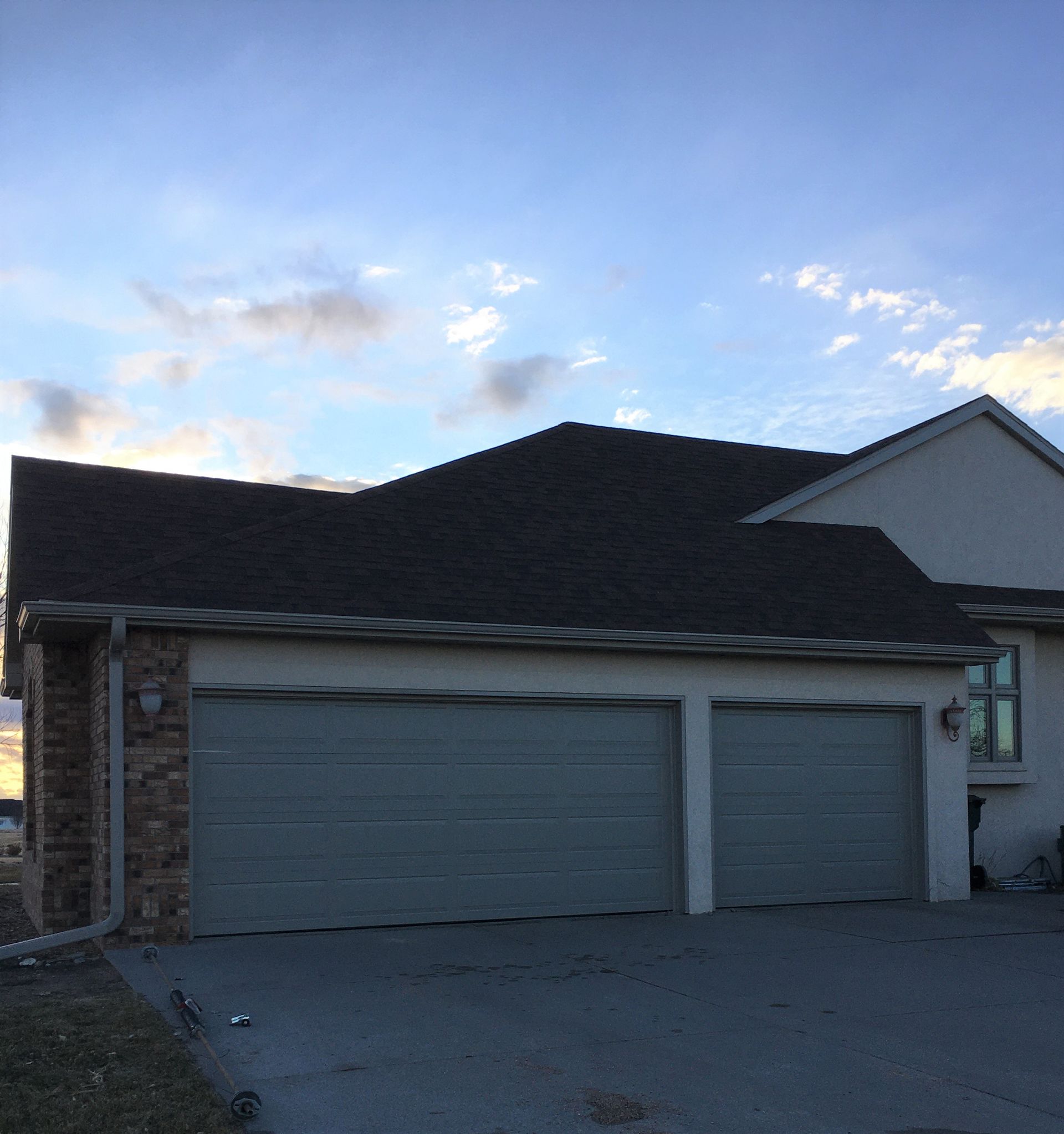Often overlooked, roof insulation plays a key role in enhancing your home’s energy efficiency. Learn how it improves roof performance, reduces energy bills, and boosts indoor comfort.
How Insulation Improves Roof Performance
Roof insulation is vital for your home’s temperature regulation. It prevents heat from escaping in the winter and keeps your home cool during summer, enhancing comfort and energy efficiency.
The Impact of Insulation on Energy Bills
Without proper insulation, your heating and cooling systems must work harder to maintain the desired indoor temperature, leading to higher energy bills. By upgrading your roof insulation, you can minimize energy loss, reduce heating/cooling expenses, and lower your carbon footprint.
Tips for Upgrading Roof Insulation
- Check the R-Value: Opt for a higher R-value to boost insulation performance. Select the appropriate R-value depending on your climate zone.
- Use Reflective Insulation: Consider upgrading to reflective insulation to reduce heat absorption and improve energy efficiency in hotter climates.
- Seal Air Leaks: Check for and seal air leaks around chimneys, skylights, and vents to improve insulation effectiveness and prevent air loss.
- Insulating the Attic: Attic insulation is key to preventing heat loss through the roof, as heat naturally rises. Ensure your attic is well-insulated.

How Weathercraft Ensures Maximum Roof Insulation Efficiency
Weathercraft recommends top-quality, sustainable insulation solutions for long-term performance. Our experts tailor recommendations to your home’s needs to maximize energy efficiency without exceeding your budget.